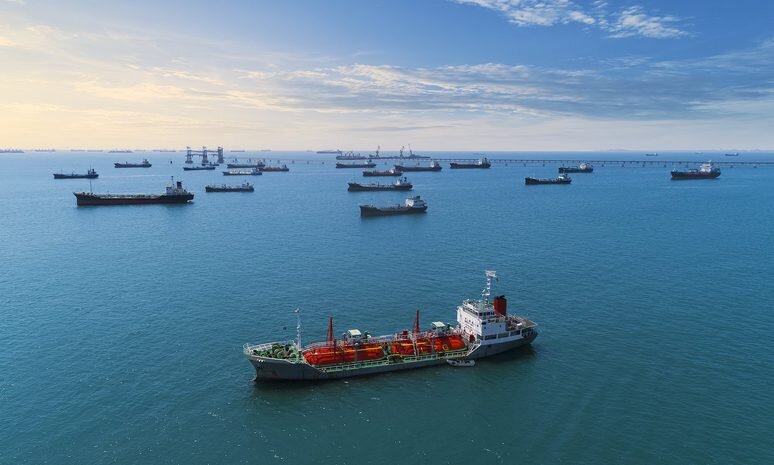Often when I ask an executive if a service provider's Continuity Plan has been practised, they don't know, which is worse than having no plan. Ben Scheltus, General Manager, Continuity Matters
Readiness to detect, contain and respond to Information Security threats is measured by an organisation's state of Cyber Maturity. The Cyber Maturity journey requires strong leadership direction and sustained action - it's not a software procurement matter that can be left solely in the hands of IT departments or Information Security generalists.
An organisation's state of Cyber Maturity, at any point in time, determines its level of Cyber Resilience - which is the organisation's ability to recover from a cyber crisis when it happens.
The Reboot Show, in conjunction with TrustedImpact hosted a series of leadership discussions, for executives and board members, with 9 Cyber Security experts in Australia to unpack modern security perspectives and reflect on contemporary misconceptions.
This discussion paper summarises key insights shared by 9 Cyber Security experts including:
Executive responsibility for preventable crises
The Cyber Maturity continuum and building Cyber Resilience
Navigating business risks at the speed of software
Unique risks associated with cloud services
Creating engagement through training and awareness
TrustedImpact's Cyber Security Training and Awareness Program Pillars
Limitations of Penetration Testing




















